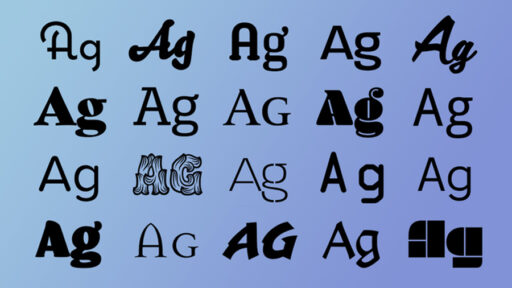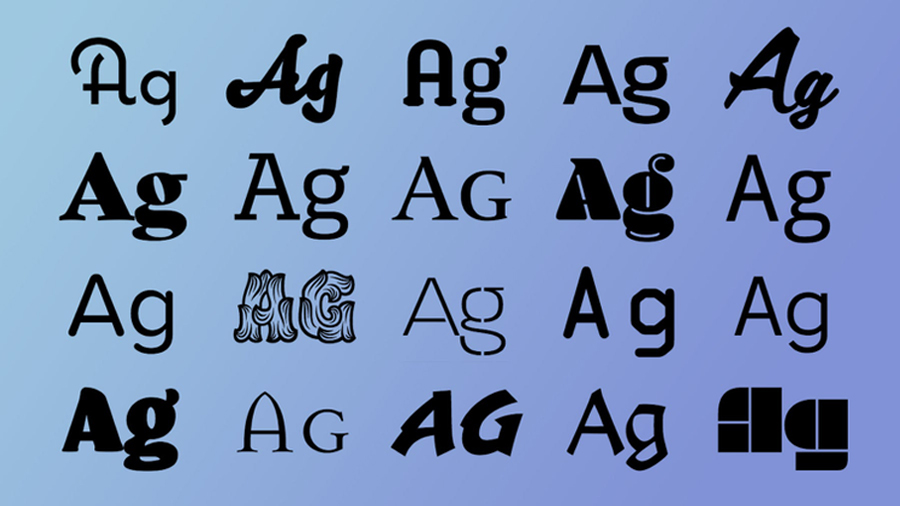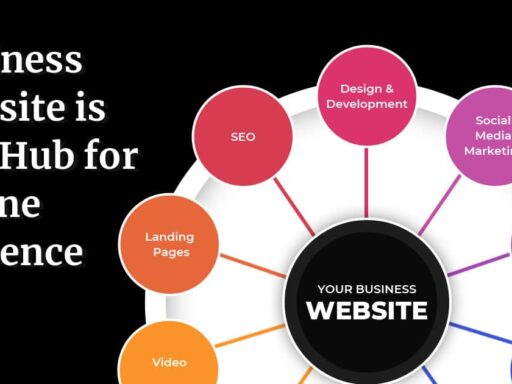Typography plays a pivotal role in web design, setting the tone, conveying the message, and enhancing the overall user experience. Among the plethora of fonts available, some have stood the test of time, becoming iconic in the world of design. In this article, we’ll delve into five famous fonts that have become synonymous with creativity, versatility, and popularity in website design.
First introduced in 1957 by Swiss typeface designer Max Miedinger, Helvetica remains one of the most widely used and recognizable fonts worldwide. Its clean, modern, and timeless design makes it a favorite choice for various design projects, including web design. With its neutral appearance and excellent readability, Helvetica adapts well to different screen sizes and resolutions, making it ideal for websites aiming for a minimalist and professional aesthetic.
Often mistaken for Helvetica due to its similar appearance, Arial is a ubiquitous font commonly found in web design projects. Developed by Robin Nicholas and Patricia Saunders for Microsoft in 1982, Arial offers a practical alternative to Helvetica, especially for websites targeting users across different platforms and devices. Its straightforward and legible design makes it suitable for both body text and headings, ensuring clarity and readability across various web interfaces.
Designed by Mark Simonson in 2005, Proxima Nova has quickly gained popularity among designers for its modern yet approachable style. Combining the elegance of traditional serif fonts with the functionality of contemporary sans-serifs, Proxima Nova strikes a perfect balance suitable for a wide range of website designs. Its extensive font family, comprising various weights and styles, provides designers with ample flexibility to create visually engaging and cohesive web layouts while maintaining readability and consistency.
Originally created by Google as the system font for Android devices, Roboto has become a go-to choice for many web designers due to its versatility and legibility. Designed by Christian Robertson, Roboto features a clean and geometric design, making it highly suitable for digital interfaces, including websites. Its open and neutral appearance ensures optimal readability across different screen sizes and resolutions, enhancing the user experience on both desktop and mobile devices.
Inspired by the signage found in the Montserrat neighborhood of Buenos Aires, Montserrat is a versatile sans-serif font designed by Julieta Ulanovsky. With its geometric shapes and elegant curves, Montserrat exudes a contemporary yet classic vibe, making it a popular choice for modern website designs. Its extensive font family, including various weights and styles, offers designers ample creative freedom to experiment with different typographic hierarchies and visual elements, adding depth and personality to web interfaces.
Choosing the right font is crucial for creating visually appealing and user-friendly websites. The fonts mentioned above—Helvetica, Arial, Proxima Nova, Roboto, and Montserrat—have earned their place as timeless classics in the world of web design, thanks to their versatility, readability, and widespread popularity. Whether you’re aiming for a minimalist aesthetic, a modern vibe, or a traditional look, these fonts offer the perfect foundation for bringing your web design visions to life.






